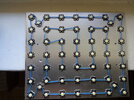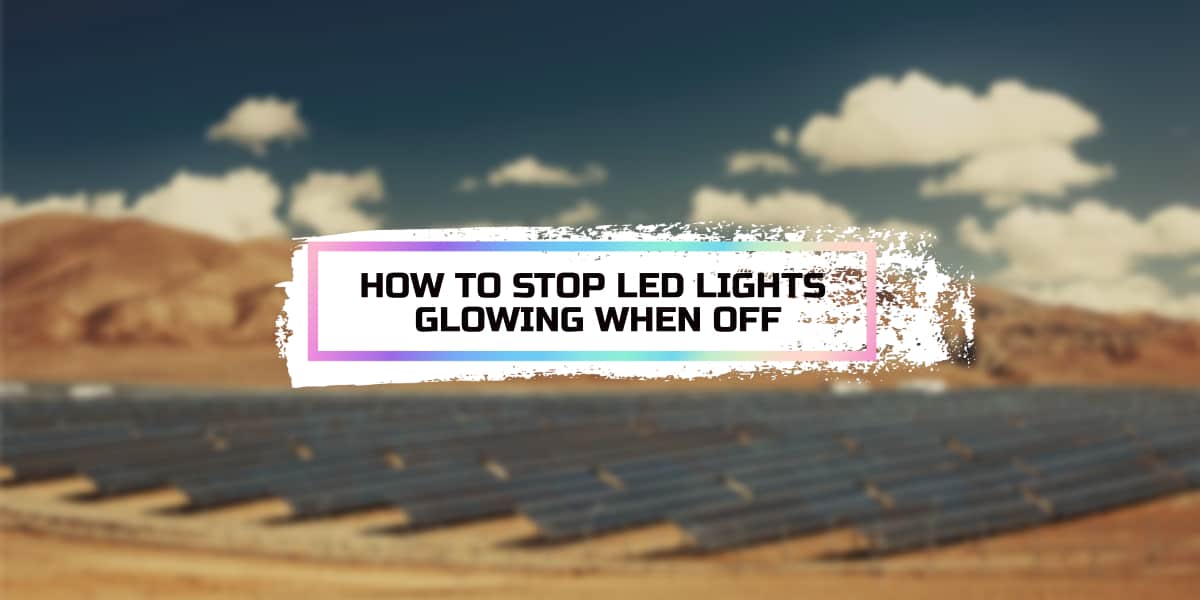klauslundsgaard
New Member
hi
this is my first post on the site and my knowledge in electronics is near not existing !
i am making a light panel for enlargers.
i use 25 pcs 3 w 3,4V leds in line and a constant current driver.
i have got a new model of drivers and see a after glow in around 1/3 of the array of leds for 1-3 seconds.
the old model did not have the problem.
i read on a site that a capacitor of 0,1 micro farad with resistance of 100 ohm will fix the issue.
is this capacitor ok for my set up ?
how / where do i mount it ?
kindly
klaus lundsgaard
denmark
att photo of the light panel
this is my first post on the site and my knowledge in electronics is near not existing !
i am making a light panel for enlargers.
i use 25 pcs 3 w 3,4V leds in line and a constant current driver.
i have got a new model of drivers and see a after glow in around 1/3 of the array of leds for 1-3 seconds.
the old model did not have the problem.
i read on a site that a capacitor of 0,1 micro farad with resistance of 100 ohm will fix the issue.
is this capacitor ok for my set up ?
how / where do i mount it ?
kindly
klaus lundsgaard
denmark
att photo of the light panel



